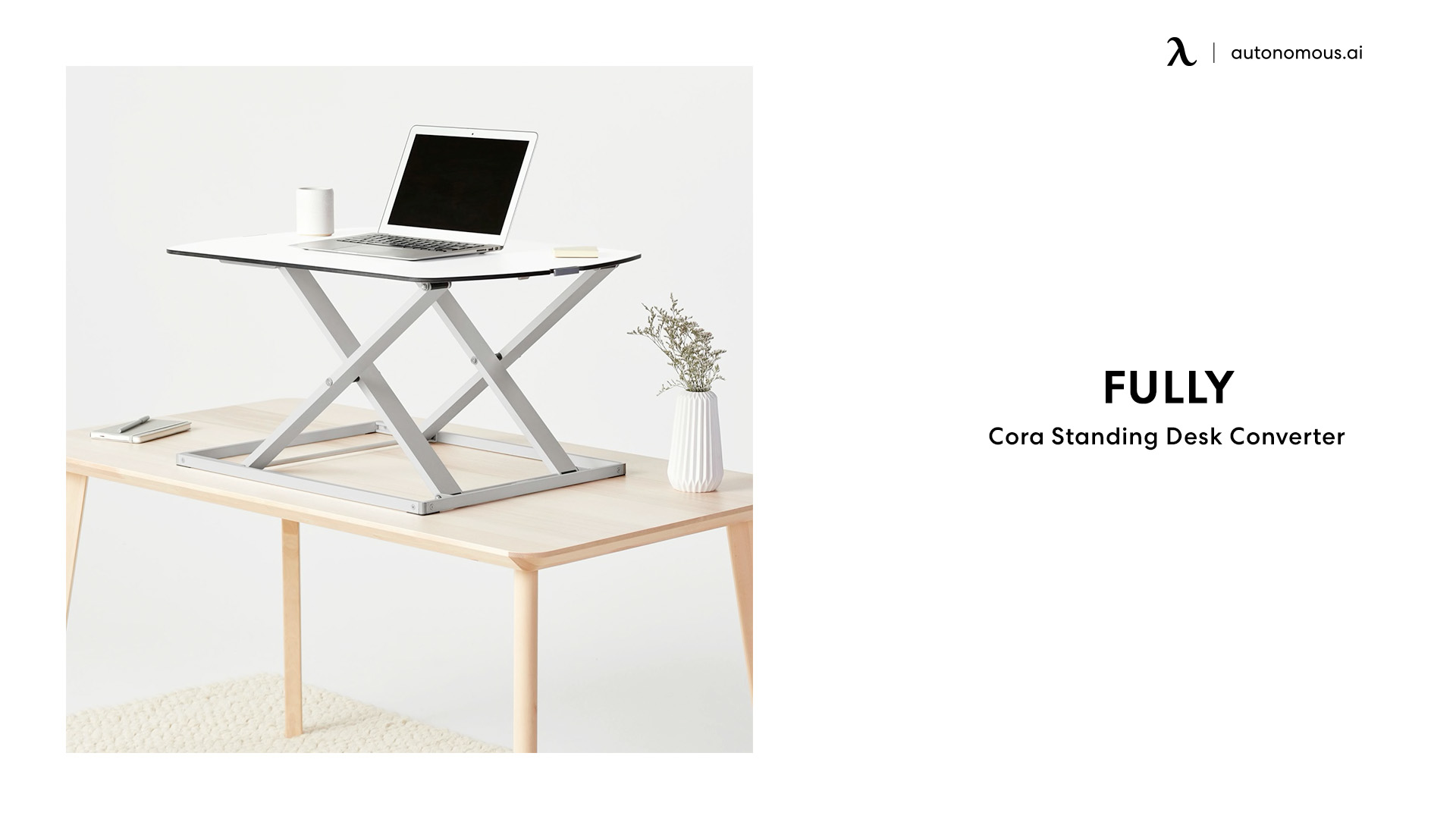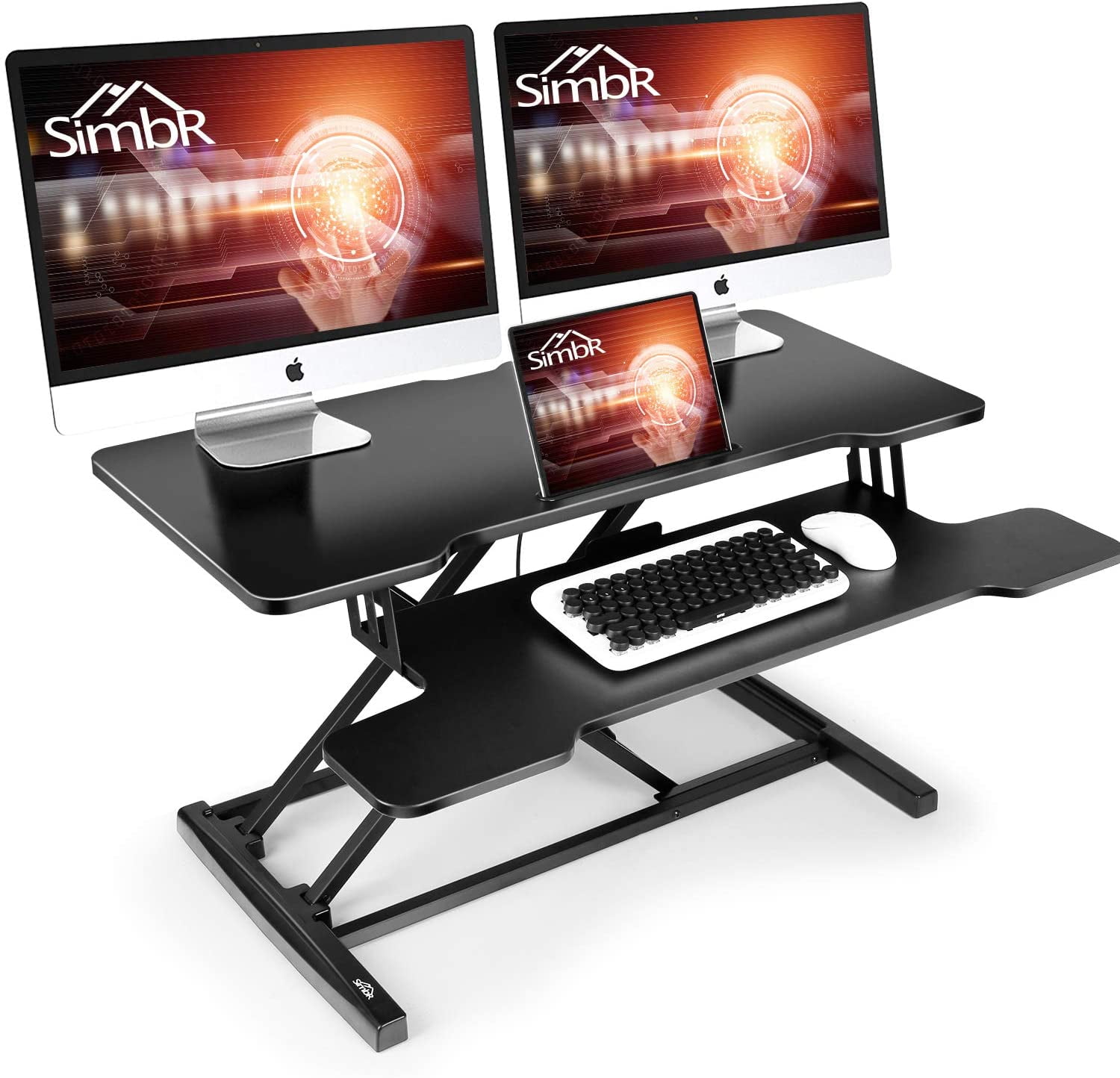

We dismiss models that fall notably short of this goal, with the exception of the inherently compromised laptop risers. Most full-size desks we’ve recommended accommodate people with heights up to 6-foot-2, give or take an inch or two.

Maximum height: A converter should accommodate as many human heights as possible.We prefer flat rectangular surfaces over those with unnecessary cutouts that waste space. Space and layout: Although converters and desks come in different sizes, we think any standing desk option should have optimal space for a keyboard and mouse, as well as a few other items such as a mug, a medium-size notebook, and a pen.Poor options place their keyboard surface too close to where your screen is or force you to raise your hands to reach your keys while you’re sitting. General ergonomics: The way a converter is built should allow you to stand about an arm’s length away from your screen, with your elbows bent at a 90-degree or greater angle.We prefer electric converters that offer collision detection, stopping the desk from continuing to move if it faces resistance. Less likelihood of pinching or crushing: A standing desk converter’s moving parts shouldn’t catch your hands or snag a cable.In either case, we consider whether it would be aggravating to have to make that move multiple times per day.

(For reference, in our latest round of testing, our tester was a 5-foot-2, 130-pound writer who doesn’t do a lot of strength training.) For electric models, we consider how long a desk takes to move and how difficult it is for us to make fine adjustments.


 0 kommentar(er)
0 kommentar(er)
